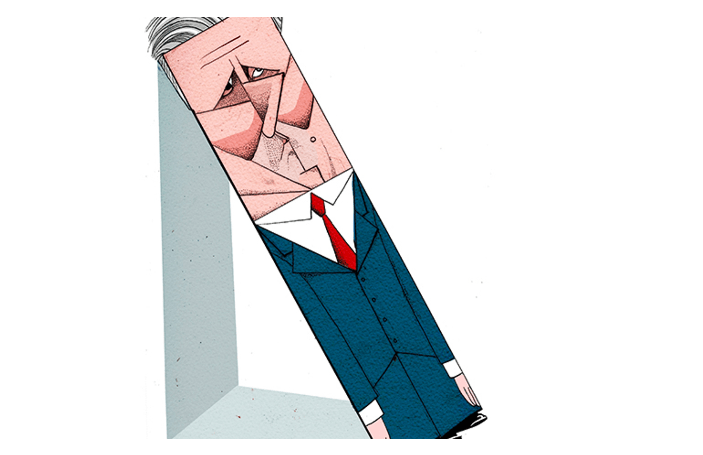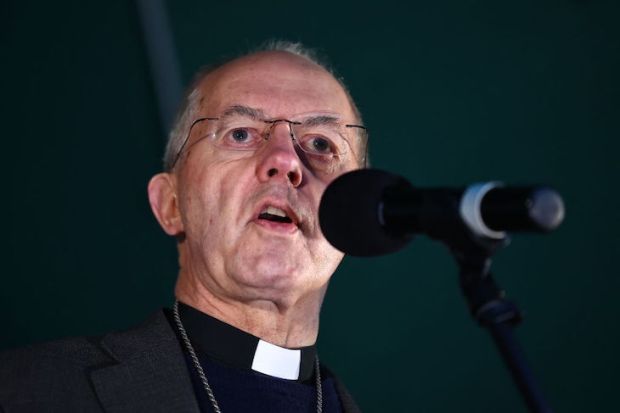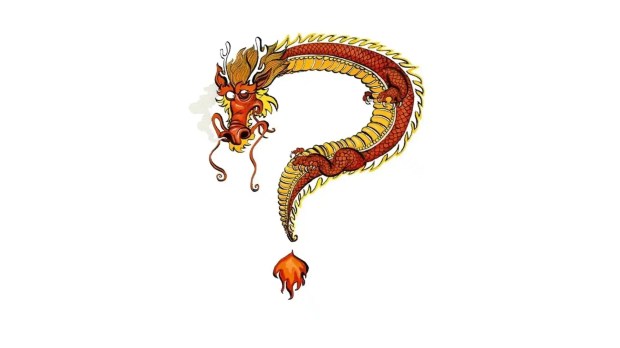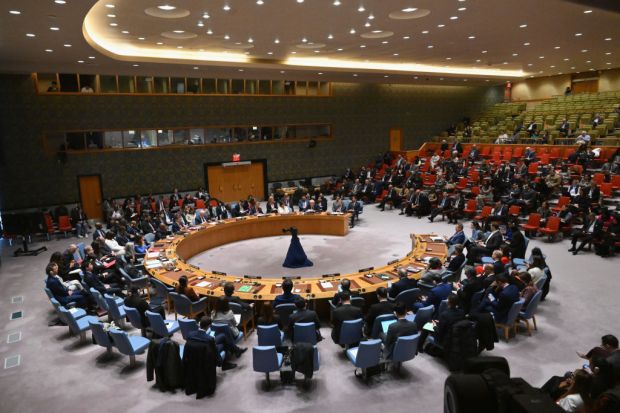It is nearly a year since one of the Labour party’s worst ever election defeats; and just over six months since Keir Starmer became its leader. Starmer has acknowledged that his party has a mountain to climb if it is to win the next election, but that is his target. Most opinion surveys suggest he has started well: Labour has drawn level with the Conservatives. This rapid improvement might however be courtesy of the Prime Minister’s uncertain handling of the unprecedented Covid crisis. With a vaccine in the offing, voters might again look favourably on Boris Johnson as Britain returns to something-approaching normality.
Perhaps a better guide to how political parties can recover from a defeat such as Labour’s last December can be gained by looking at how our two main parties responded to earlier electoral reverses? That at any rate is the assumption behind ‘How To Come Back From The Brink’, which is broadcast on Radio 4 later today. Some of the defeats identified by producer Phil Tinline and myself were of the cataclysmic variety, such as in 1945, when Winston Churchill’s Conservatives were reduced to 197 seats; or in 1983, when Labour almost fell to third in the popular vote; and in 1997, when the Conservatives lost half of their MPs. But we also analysed those cumulative defeats, when a party’s problems crept up on it, as in 1959, Labour’s third loss in as many elections and October 1974 which saw the Conservatives lose their fourth contest in the five held since 1964.
The bad news for Starmer is that Labour’s defeat in 2019 was, in historical terms, unique, being both cumulative – it was its fourth reverse in a decade – and cataclysmic in its scale. It is unlikely Starmer will be able to emulate the rapid recovery engineered by the Tories after 1945, which saw them back in office in 1951. For unlike Labour today, mid-century Conservatives deferred to the wisdom of their pragmatic Westminster leaders. So in public at least, few opposed the party’s adoption of much of Labour’s 1945 programme because while many Tories – including Churchill – hated nationalisation and the like, they swallowed this medicine as the price for returning to Number 10.
The position faced by Hugh Gaitskell after 1959 might be more familiar to Starmer. Gaitskell believed his party was out of step with modern Britain and saw its commitment to public ownership – enshrined in Clause IV of its 1918 constitution – as the cause. But most members disagreed and saw changing their party’s ideology as too big a step, and Gaitskell fell flat on his face. If Labour refused fundamental change it was however willing to improve its public image, a process helped when that great salesman Harold Wilson replaced Gaitskell after his death in 1963. Wilson – backed by his evocative ‘white heat’ catchphrase – cleverly sold the idea that it was his party that was now at one with the Space Age and snuck back into office in 1964.
After October 1974, some Conservatives believed that if their party was to regain power it not only required a new leader but needed to embrace ideas side-lined after 1945. They got both. Margaret Thatcher toppled Edward Heath in 1975. Many of the MPs who backed her had been persuaded by Sir Keith Joseph’s evangelistic campaign to unleash the free market as the solution to Britain’s undoubted economic ills. Thatcher adopted that approach with gusto, presenting herself as a new kind of Conservative and thanks to that – but also the massive strike wave known as the Winter of Discontent – she took her revived party back into office in 1979.
If that looks too ambitious for him to emulate, Starmer might see echoes of Labour’s current position in the one it faced in the wake of its 1983 defeat, based as it was on one of the most left-wing manifestoes presented to the electorate. Many Labour members however refused to believe their party should change direction. The problem for new leader Neil Kinnock was that many of those holding that view were embedded in Labour’s power structures. He consequently had to spend most of his first years as leader in internal battles so he could gain the authority over their party Conservative leaders take for granted. When Kinnock faced voters in 1987, his party had not changed in any substantive way and Labour went on to yet another defeat.
After Labour finally returned to power in 1997, the defeated Conservatives simply refused to believe their free market ideas were to blame. They elected William Hague thinking a new and young leader – especially if he wore a baseball cap – would be enough to encourage voters to return to the party. Despite the polling evidence most Conservatives, including Hague, thought advocating tax cuts rather than promising to increase funding for hospitals and schools remained their best course. In 2001, they consequently replicated the drubbing they received four years before. As with Labour immediately after 1983, the Conservatives’ refusal to accept the judgement of the electorate meant they would remain in Opposition for many years.
If there is one striking lesson this history can teach Starmer it is that a defeated party that refuses to embrace change of any sort is unlikely to come back from the brink any time soon. Labour has a new leader. But changing the leader is not enough if that is all the party is collectively prepared to do.
Labour after 1983 and the Conservatives after 1997 should be salutary warnings to Starmer, especially as he has yet to detail his criticisms of Labour’s 2019 manifesto other than it was ‘overloaded’. The Labour leader has indicated he wants to address that matter in the future. But the vast majority of his members want most of the party’s 2019 policies to be retained at the next election; powerful union leaders are also of that opinion. Especially in the wake of Jeremy Corbyn’s suspension, Starmer might therefore be drawn into the kind of internal conflict that diverted Kinnock’s first period in charge of the party.
Of course, it might be said, Labour after 1959 embraced clever selling having rejected serious change and still managed to win power in 1964. But Wilson – for whom Starmer has expressed his admiration – was also helped by a Conservative government tainted by the Profumo scandal and shop-worn after 13 years in power. Even then, he won a Commons majority of only four seats, on a swing of just over three per cent.
Today Labour needs a swing of over three times that just to win a majority of one. This strongly suggests that Starmer’s recent embrace of patriotism and of family, which is clearly intended to help him win back lost socially conservative working-class ‘Red Wall’ voters, will be insufficient – unless it is backed by changes that go deeper than rhetoric.
History never repeats itself. But if he wants to win the next election it looks like Starmer’s task has only just begun.
Got something to add? Join the discussion and comment below.
Get 10 issues for just $10
Subscribe to The Spectator Australia today for the next 10 magazine issues, plus full online access, for just $10.
Steven Fielding is professor of political history at the University of Nottingham and is writing ‘The Labour Party: from Callaghan to Starmer’ for Polity Press. On Twitter he is @PolProfSteve




















Comments
Don't miss out
Join the conversation with other Spectator Australia readers. Subscribe to leave a comment.
SUBSCRIBEAlready a subscriber? Log in